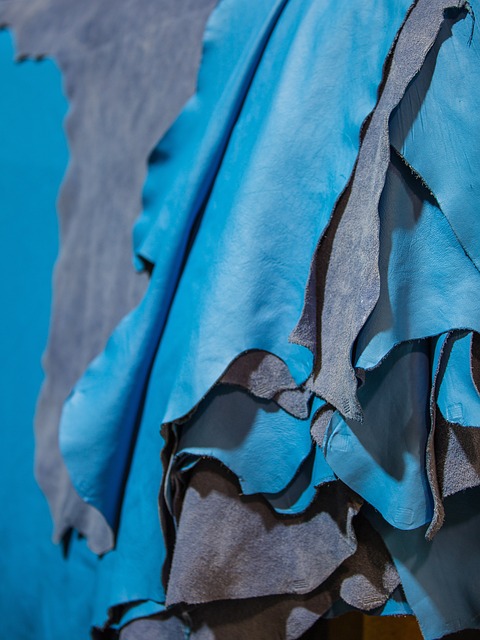How to Build a Career in Apparel Design: Skills, Pathways, and Portfolios
A career in apparel design blends creativity with technical know-how, from drawing ideas to producing wearable samples and digital-ready files. This article outlines the essential skills, common learning pathways, and how to build a portfolio that communicates your approach to design, patternmaking, and production, helping you move from study to professional practice in a changing market.

A career in apparel design requires both creative vision and systematic skill development. Expect to balance hands-on techniques like sewing and draping with technical areas such as CAD, grading, and patternmaking. Understanding textiles, sustainability considerations, and current trend cycles will help you design garments that are feasible to produce and suitable for the target market. Along the way, practical prototyping, accurate sizing, and clear documentation make the difference between an idea and a commercially viable product.
What core design skills matter?
A strong grasp of design fundamentals—silhouette, proportion, color, and trend reading—is the backbone of apparel work. Designers translate moodboards and sketches into structured concepts while considering textiles and sustainability. Familiarity with merchandising strategies and e-commerce basics helps shape market preferences and product assortments. Regularly studying trend reports and consumer behavior will guide decisions about fabric choices, finishes, and the scale of production suitable for the intended retail channel.
How does patternmaking and draping fit in?
Patternmaking and draping are complementary methods for turning two-dimensional ideas into garment forms. Draping on a mannequin helps test shape and fall quickly, while patternmaking converts those draped pieces into repeatable flat patterns. Both processes feed prototyping: initial samples reveal necessary adjustments in sizing, ease, and construction. Learning both supports clearer communication with manufacturers and streamlines fitting iterations when moving from concept to production.
What technical tools are essential: CAD, grading, and sizing?
Computer-aided design (CAD) and grading systems accelerate pattern adjustments for multiple sizes and produce technical flats for tech packs. Grading rules and accurate sizing charts ensure consistent fit across a size range, reducing costly sample rounds. Technical skills include generating reproducible markers, understanding fabric stretch behavior, and creating clear digital files for suppliers. Familiarity with prototyping workflows, measurement standards, and specification sheets helps bridge design and manufacturing teams.
How do sewing, tailoring, and construction develop expertise?
Hands-on sewing and tailoring cultivate an intuitive sense of construction, seam finishes, and structural details that affect drape and fit. Regular practice with different textiles—knits, wovens, and specialty fabrics—builds knowledge of handling, pressing, and stabilization methods. Tailoring skills refine garment fit and durability, while experience with prototyping teaches efficient sample sequencing. These practical competencies improve pattern adjustments, reduce production errors, and inform material choices for cost and sustainability considerations.
How to present work: portfolio, prototyping, and merchandising?
A portfolio should showcase concept development, technical understanding, and final samples or prototypes. Include sketches, CAD flats, pattern snippets, and photos of sewn samples with notes on fabrics, sizing decisions, and grading logic. Demonstrate merchandising awareness by showing how pieces work within a capsule or collection, with potential pricing tiers and e-commerce presentation ideas. Clear documentation of process—tech packs, fit notes, and production images—signals readiness to collaborators or employers.
How to include sustainability, textiles, and trend awareness?
Sustainability is increasingly woven into apparel design through material choices, waste-minimizing patternmaking, and lifecycle thinking. Study textile properties, certifications, and low-impact fabric options while balancing performance and cost. Trend analysis informs seasonality and helps you adapt designs for longevity or timely appeal. Incorporate prototyping iterations that test durable constructions and repairability. Communicating sustainable choices in your portfolio and product specs supports transparent merchandising and retail conversations.
Conclusion Building a career in apparel design combines aesthetic sensibility with technical rigor: practice patternmaking, draping, sewing, and prototyping while developing digital skills in CAD and grading. Curate a portfolio that documents process, showcases finished garments, and explains sizing and merchandising decisions. Continuous learning about textiles, sustainability, and market trends will keep your work relevant across both studio practice and production environments.





